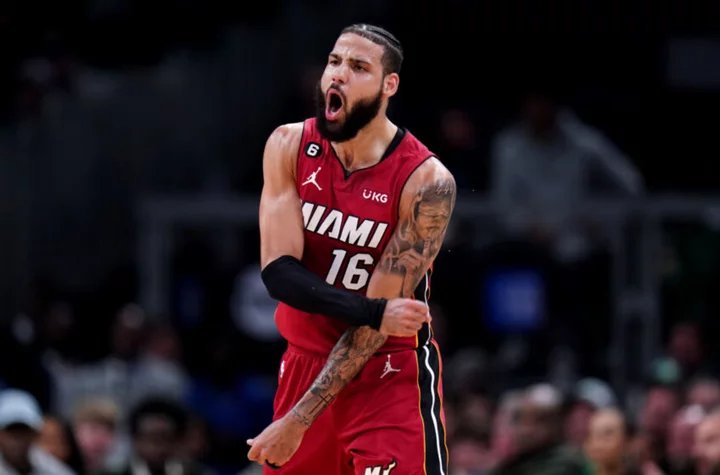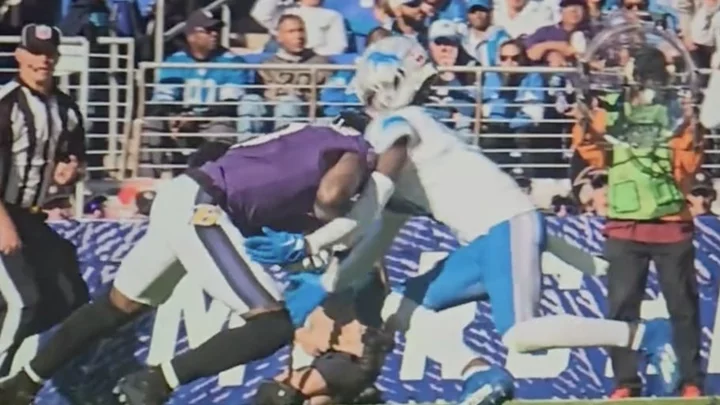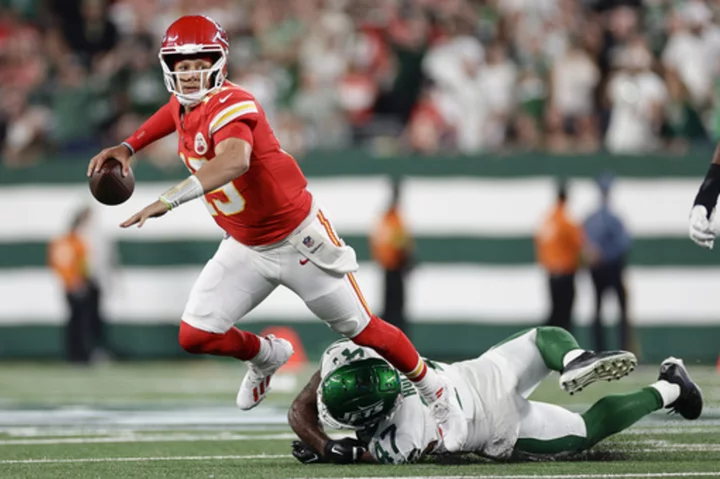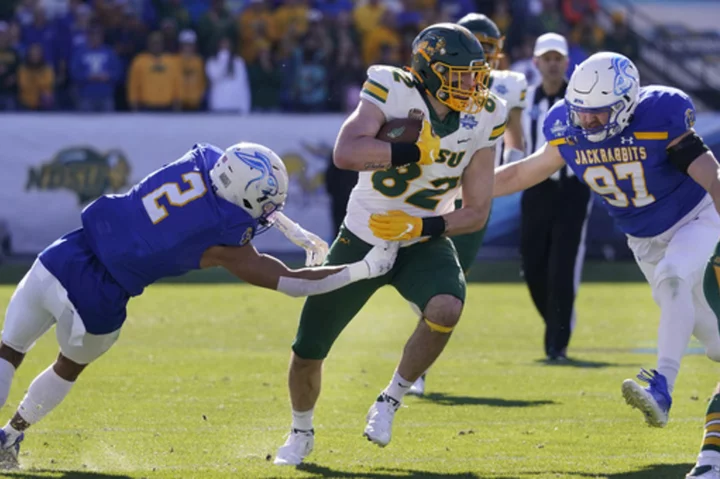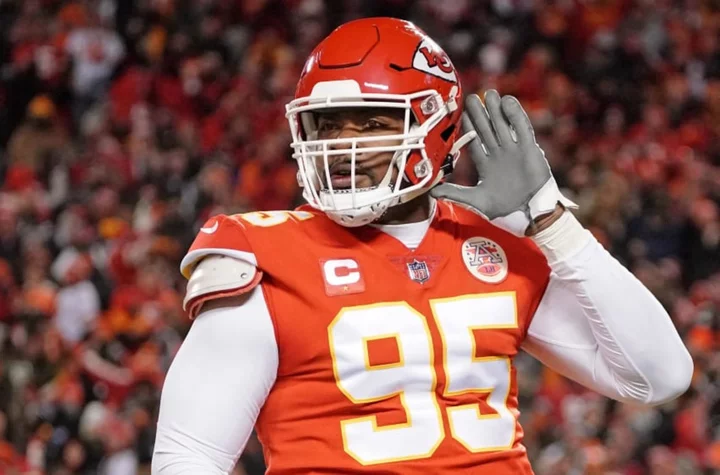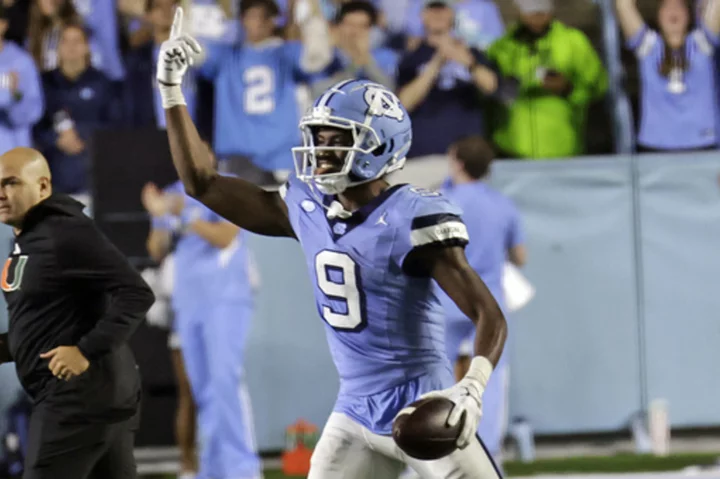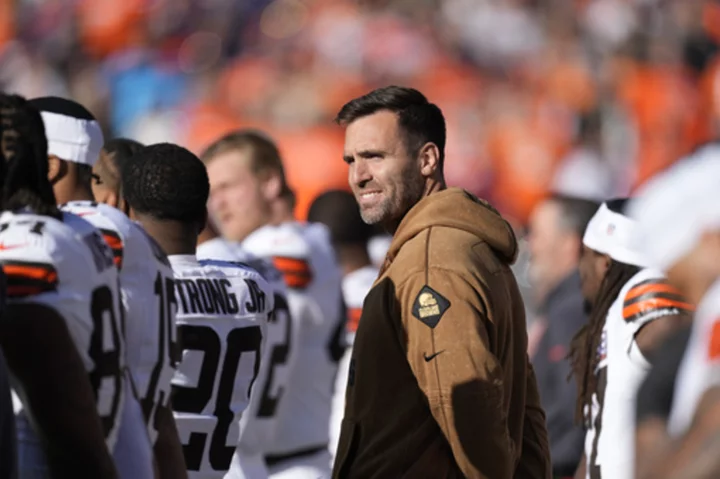Caleb Martin has shone for the Heat in these playoffs because of his flexibility and versatility at both ends of the floor.
On the surface, it may be difficult to comprehend how the player who went undrafted in the 2019 NBA Draft is now the fourth leading scorer in the playoffs (12.9 points per game) for a Miami Heat team that is just one win away from reaching the NBA Finals.
It may be even harder to imagine that this same player is the team's second-leading scorer (18.5 points per game) in the Eastern Conference Finals. A series where they've been tasked with slaying the Goliath Boston Celtics — the team many believed to be the favorites to win the NBA title.
But if you dig a little deeper, you will see that this type of run was preordained to happen. You will see that Caleb Martin is exactly the type of player that was born to thrive in the playoffs.
Caleb Martin is more than just 3-and-D
If you're not a superstar or elite in one specific area, to get consistent minutes in the playoffs, you need to be versatile. For a long time, that versatility was synonymous with the player archetype many call "3-and-D."
Martin surely meets the necessary requirements to fulfill the "3" part of that role. In these playoffs, he's shooting 41.4 percent from 3 on 4.7 attempts per game.
(Sidebar: Many people will point to Martin shooting 35.6 percent from 3 in the regular season and chalk his 41.4 percent average up to hot shooting, but in 2021-22, Martin shot 41.3 percent from downtown for an entire regular season. So, he is certainly capable of this level of proficiency).
However, the game is constantly changing, and where, once upon a time, you could be incredibly valuable on offense as a pure spot-up shooter. Today, teams have developed tactics to run these shooters off the 3-point line and force them to put the ball on the floor (one such technique is called the "fly-by closeout").
To counter this strategy, a versatile player is able to drive these closeouts and extend/capitalize on the advantage that was gifted to them by their teammate. Like this:
In these playoffs, 46.4 percent of Martin's shot attempts have come after one or more dribbles, and he's driving the ball 3.5 times per game (per NBA.com). But, like with his shooting, this isn't an out-of-body playoff experience. These numbers are in line with his regular season averages (43.1 percent and 3.4, respectively).
Truly versatile offensive players are also able to dabble in a bit of self-creation from time to time. In both the regular and postseason, Martin has averaged 0.7 possessions as a pick-and-roll ball handler per game (per NBA.com), which suggests at least some aptitude for generating his own offense.
Versatile on defense in a new-age way
The second part of the term "3-and-D" is, of course, the "D," which, if you hadn't already guessed, is short for defense.
Back in the day, for wings/forwards to be a good enough defender to be a "3-and-D" player, you needed to sufficiently guard the other team's best and second-best offensive players on the elbow in isolation. Oftentimes, those players would be wings/forwards who were similar in size to the "3-and-D" player.
But in today's positionless world, offensive focal points come in all shapes and sizes. And with the increase in mismatch hunting (think about what LeBron James was doing to Jamal Murray) taking place in the playoffs, these versatile players need to be prepared to mime multiple positions.
If you didn't feel like watching until the end, the above reel includes clips of Martin shadowing guards (like Jalen Brunson and Jrue Holiday), wings/forwards (like Jayson Tatum, DeMar DeRozan, and Khris Middleton), and even bigs (like Julius Randle).
Now, it is worth pointing out that montages like that can be specifically curated to make certain players look really good or bad and that defense is an area where reliable data is still sorely lacking. But with that said, the measures and estimates we do have paint a promising picture.
The website Basketball Index has two useful statistics for ascertaining the merit of a player's on-ball defense. Those statistics are Matchup Difficulty (which estimates the degree of difficulty of a player's assignments) and Defensive Positional Versatility (which measures the variety of positions a player is tasked with defending).
Take a look at how Martin fares among other "off-ball wings" (minimum 1000 minutes played in the regular season) in these two categories.
Chart Provided by Basketball Index
He's in the 95th percentile in Matchup Difficulty and the 97th percentile in Defensive Positional Versatility. That's incredibly impressive. Maybe it's not as noteworthy as the standing of someone like Dorian Finney-Smith (he's near the 100th percentile in both these categories). But Martin is a better shooter and driver, so the minor difference in their defense isn't that big of a deal.
With this in mind, being a good or great man defender who can guard multiple defenders still doesn't make you a versatile defender in today's game. With the rise of Space Ball spreading the floor to a level we've never seen before, today's versatile defenders can't just be valuable on the ball. They need to also be active off-ball.
Martin passes this test with flying colors. He's been essential to the Heat's game plan to deter the Celtics from driving by aggressively helping off his assignment to clog the lane (otherwise known as "gapping") and force turnovers. Look at this clip where he takes Tatum's cookies:
On the season, Martin is in the 84th percentile for his position in steal rate (per Cleaning the Glass) and the 75th percentile for his position in deflections per 36 minutes (minimum 25 games played). These are both strong indicators of a player's off-ball defensive activity.
Not to beat a dead horse here, but do you notice how we are mostly citing regular season data? That's because all the evidence was right in front of us all along. It's the detective's curse. The perfect solution was right under our noses this entire time.
Martin was always destined to shine during the game's second season. And it's because he possesses the versatile skill set you need to play in today's NBA. He can shoot, but he can also drive and kick. He can defend forwards, but he can also guard other positions and carry out multiple functions on defense.
So, the next time you are thinking about whether or not a particular role player is going to perform well in the playoffs, ask yourself: are they as versatile as Caleb Martin?
Check out The Step Back for more news, analysis, opinion and unique basketball coverage. Don't forget to follow us on Twitter and Instagram and subscribe to our daily email newsletter, The Whiteboard.

